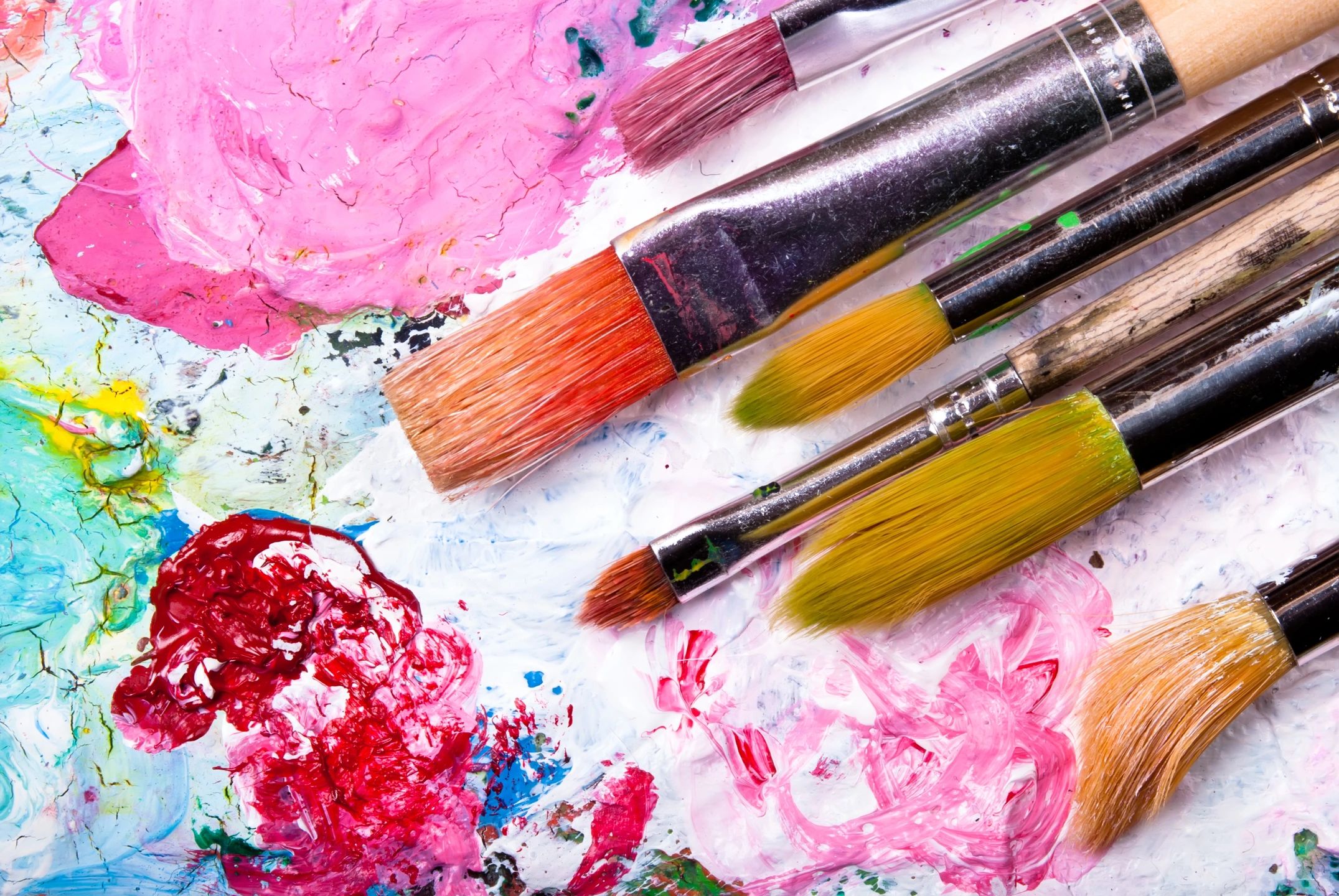By: Julie McGhee, MA, AT
WHAT IS ART THERAPY?
Art therapy is a technique that combines traditional psychotherapy with the healing and transformative aspects of art and the creative process.
WHY THIS COMBINATION?
The process of creating art within the context of therapy allows participants a way to express feelings and experiences that seem bigger or more complex than they can fully communicate verbally.
In essence, where we struggle to explain ourselves using words, art can be used to fill in the gaps and enhance communication of feelings, thoughts, and ideas.
WHAT IS AN ART THERAPY SESSION LIKE?
The layout of an art therapy session depends on:
1) The art therapist’s training, and
2) The client’s needs.
Typically, a session will include a combination of conversation (aka traditional talk therapy) and making something using art materials.
WHO IS ART THERAPY RIGHT FOR?
Art therapy is not just for kids and “good artists.” In fact, art therapy can be helpful to almost all therapy clients and for a variety of concerns and diagnoses. It may be especially helpful for:
– People who tend to be naturally creative and/or artistic
– People who enjoy making things
– People who prefer to avoid direct eye contact, keep their hands busy, or keep their body moving, to be comfortable during tough conversations or with new people
– People who find themselves searching for words when they are talking about emotional concerns or emotionally-charged experiences
– People who get choked up when they try to talk about problems
– Visual and hands-on learners
– People who need a healthy outlet for strong feelings
– People who don’t know the terminology to describe their difficult or traumatic experiences, and need another way
AND MOSTLY: People who think a story is more complete and understandable with pictures and words, rather than with words alone.
HOW ARE ART THERAPISTS DIFFERENT FROM OTHER THERAPISTS?
Training: Art therapists are often trained as psychotherapists and counselors, with required additional education specific to art therapy. Art therapists have a Master’s Degree from an American Art Therapy Association (AATA) accredited therapy program, which is a two-year graduate level program and requires working with clients in art therapy while supervised during the graduate program.
In Minnesota, art therapists will have the notations AT, ATR-Provisional, ATR, ATR-BC, or ATCS following their name, possibly in combination with other degree or license credentials.
As a result of their training, art therapists are competent with a wide variety of art media and have an understanding of the specific therapeutic uses for each type of art-making.
Outlook:
– Art therapists are helpers and guides. They can help select the right type of art, can help with art creation and interpretation, and can provide loose guidance for self-directed clients.
– Art therapists are holistic and integrative. They are inherently open-minded, often work collaboratively, and understand that there are many great ways to help people heal and grow; art therapy is just one item on a much larger menu.
– Art therapists are nonjudgmental about the art-making process. They don’t draw conclusions about a client’s art without their input, and they are not concerned with art being subjectively “good” or “bad.” THEY CARE ONLY THAT THE ART IS USEFUL TO THE CLIENT.
For more information about art therapy, visit www.arttherapy.org. Read the American Art Therapy Association (AATA) definition of art therapy at https://www.arttherapy.org/upload/2017_DefinitionofProfession.pdf.






